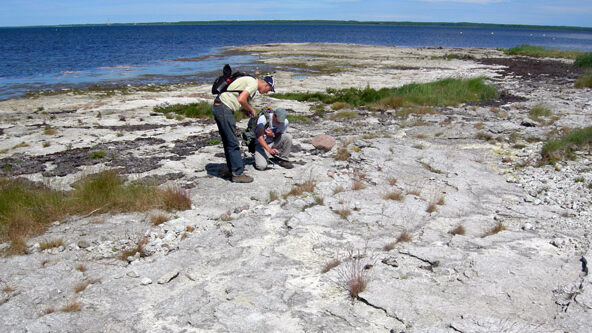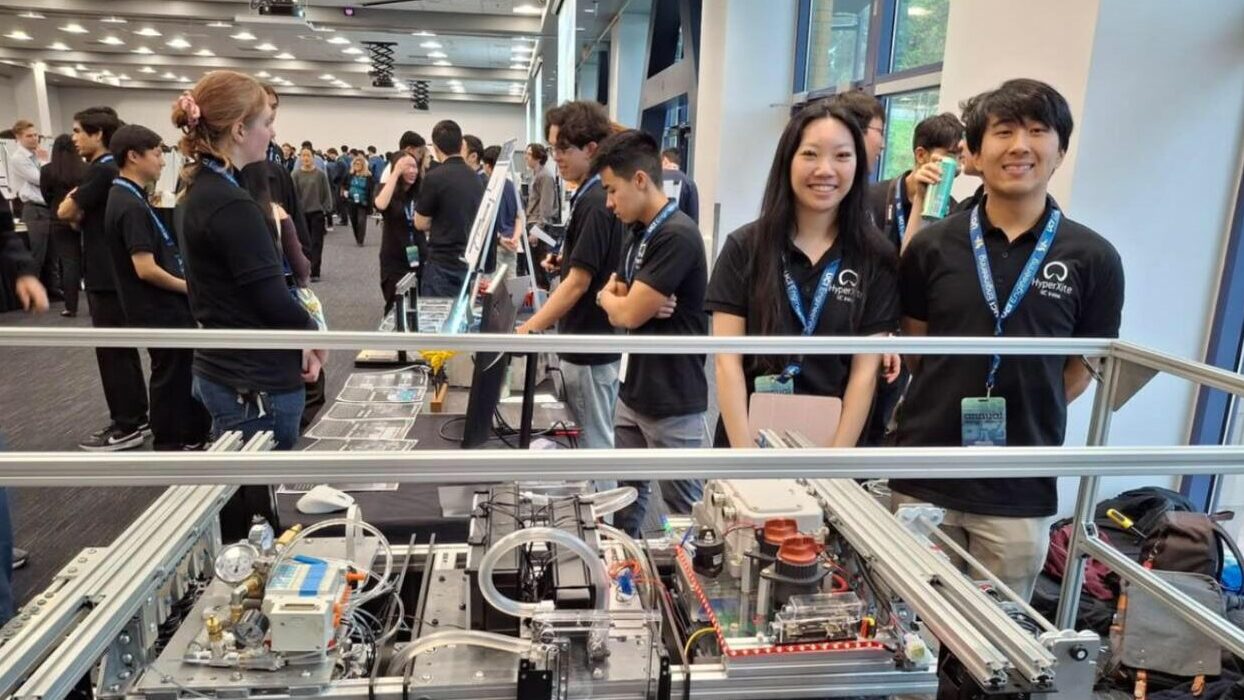This is what entrepreneur Paul Sehr realized a few years ago when he was wrapping up his involvement with Financeit, a company he founded. He had decided it was high time to reduce his carbon footprint. As reported by the City of Toronto's Sector-Based Emissions Inventory, “the largest percentage [30%] of emissions in Toronto are natural gas heating in residential buildings…” Knowing this, he strived to electrify his home.
“I’ve saved seven and a half tonnes of carbon [dioxide] every year. That's equivalent to 35 flights from Toronto to Winnipeg.”
(Paul Sehr)
At the time, he says “I had a natural gas furnace, natural gas water heater, and a natural gas stove. Since converting from gas to electricity, I’ve saved seven and a half tonnes of carbon [dioxide] every year. That's equivalent to 35 flights from Toronto to Winnipeg.” For further context, global data platform Statista determined that “The average Canadian emitted 15.22 metric tons of carbon dioxide in 2022.”
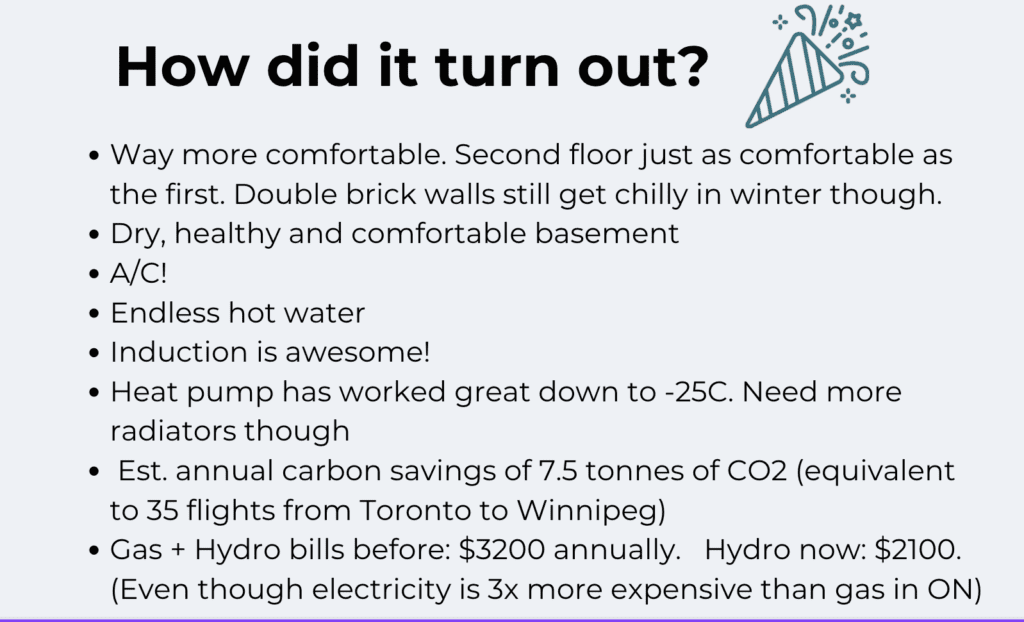
The problem was getting from point A — wanting to switch to electricity — to point B — making the necessary renovations. Sehr describes how figuring out what upgrades were needed was full of complications, as was finding contractors who were “comfortable with the technology and weren't spreading information that I knew to be false or outdated.”
At the end of this rigmarole, he realized that few people would be willing to go through the same process. Thus, he decided to start a company to help others through it. Four months ago, he co-founded Jouleia with Patrick Marshall.
In case you’re wondering, the name Jouleia connects to the joule, the unit of energy or work. And the Jouleia team is working hard to make Canadian homes more energy-efficient.
As Sehr explains, even if it’s -25 degrees Celsius outside, “you can still pull warmth in if you have a refrigerant that's colder than that.”
This challenge is two-fold. Firstly, there’s the input side of energy. If you compare heating through natural gas furnaces, oil, or propane with heating from an electric heat pump, the pump is 300 to 400% more efficient in its use of energy. That’s because the pump doesn’t need to burn fuel to generate heat. Heat pumps transfer heat, moving it from one space to another. What’s astounding is that, as Sehr explains, even if it’s -25 degrees Celsius outside, “you can still pull warmth in if you have a refrigerant that's colder than that.” Conversely, during the summer, heat pumps are capable of cooling the air in your home.
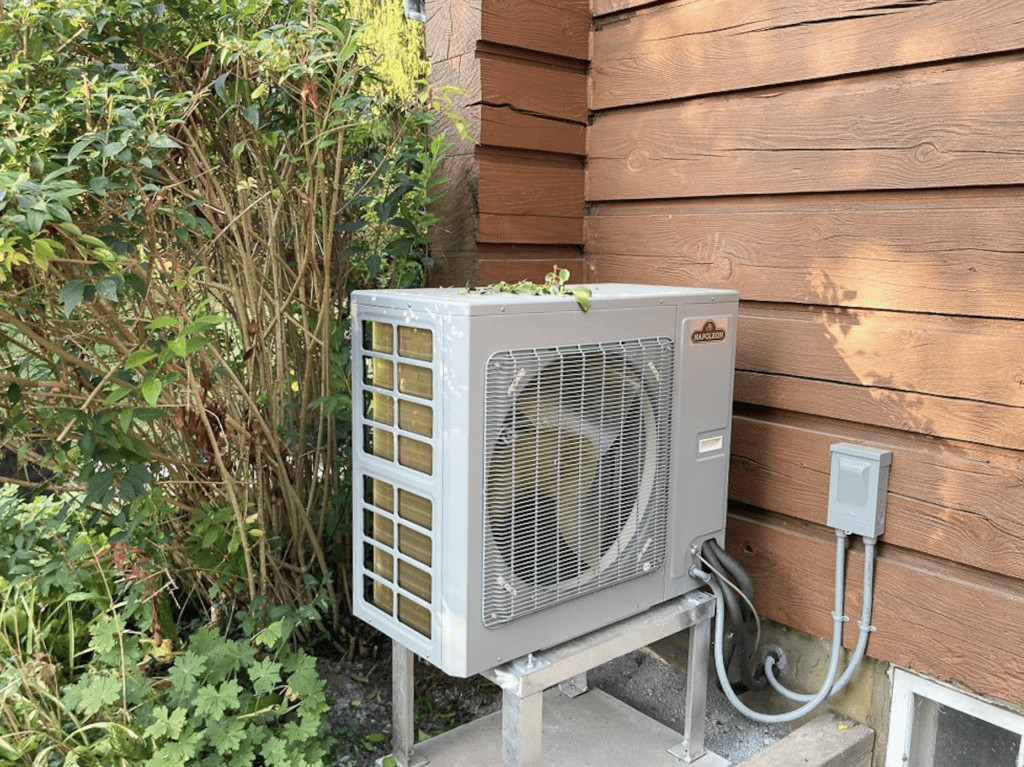
If you use a heat pump version of a hot water heater, it will pull heat out of the air (e.g. in a basement laundry room) and then heat your water with that, such that you’ll never run out of hot water. And it saves a significant amount of money. Sehr remarks that “My bills have gone down by 33% at this point, even though electricity is three times more expensive than natural gas.”
The output of energy is the other consideration in energy-efficiency, pertaining to how airtight and insulated your home is. Many people assume windows and doors are the number one things to replace, but in fact, caulking and weather stripping leaky areas of your home will give the best return on your investment. The second best method of dealing with a drafty home is insulating basement headers (between ground level and the first floor) and attic spaces.
“Even now, there's a 0% $40,000 loan that the federal government is offering for all of these upgrades.”
(Paul Sehr)
For full transparency, Sehr confirms that the upfront cost of upgrades is usually high. “A heat pump will probably cost you anywhere between eight and 25 thousand dollars. A heat pump water heater can cost between two and four thousand dollars,” he says. “And if you want to do insulation, it’s not terribly expensive, but it can be more disruptive.”
However, he adds, “The Jouleia site has calculators that show how you’ll make your money back over time, because your bills will go down. There are green incentives as well that you can apply to. Even now, there's a 0% $40,000 loan that the federal government is offering for all of these upgrades. Jouleia helps you find and access those.”
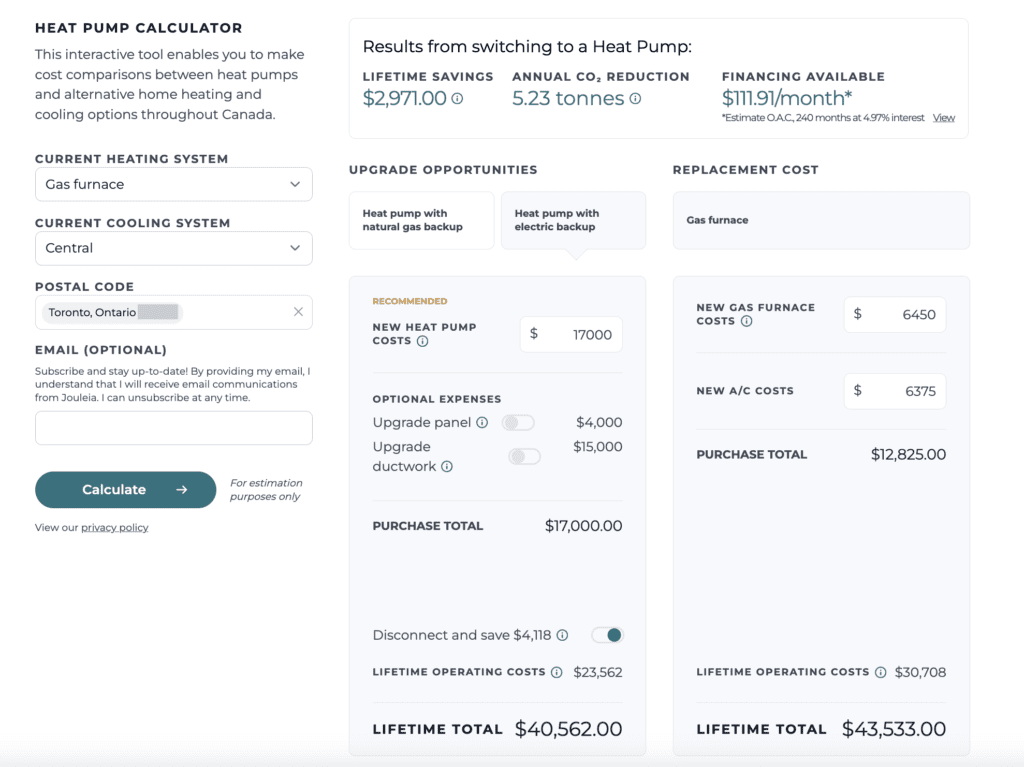
And that’s not to mention the health benefits of an electrified home. You won’t be burning natural gas, which introduces toxins (such as nitrogen oxide from gas stoves) into the air that ought to be dealt with through ventilation. Sehr also mentions that “low levels of carbon dioxide make you more productive and alert.” So making these kinds of upgrades are sustainable from environmental, financial, and physical standpoints.
The thing is, every person’s home and needs are different. That’s where Jouleia enters the picture. The company starts serving people through a virtual consultation and data collection, which evaluates your goals and how your home could be made more energy efficient. Then, based on one of their three coverage plans, their team will monitor conditions such as indoor air quality, track down financing for upgrades, and provide access to their own list of top-rated contractors.
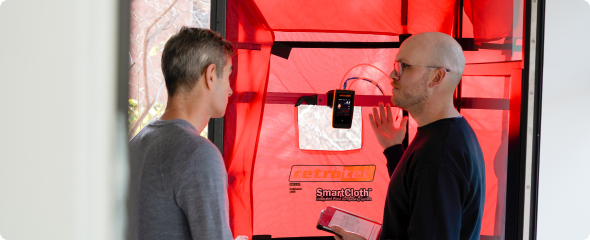
In essence, Jouleia creates a custom roadmap for you to electrify your home, providing you information and resources so that you can take action. Sehr emphasizes that “What we’re trying to do is to empower people to be more proactive about these systems… There are so many wins if you do it right.”
You can enlist the help of Jouleia by viewing their data-powered plans and setting up a consultation call on jouleia.com. So far, the company works within the Greater Toronto Area, with ambitions to expand its services and contractor network across Canada.
By the way, did you know that you can find Estonian-owned businesses, like Jouleia, on Eesti Elu’s business directory? Visit eestielu.ca/businesses for an extensive database of everything from florists and accountants to photographers and dentists.

